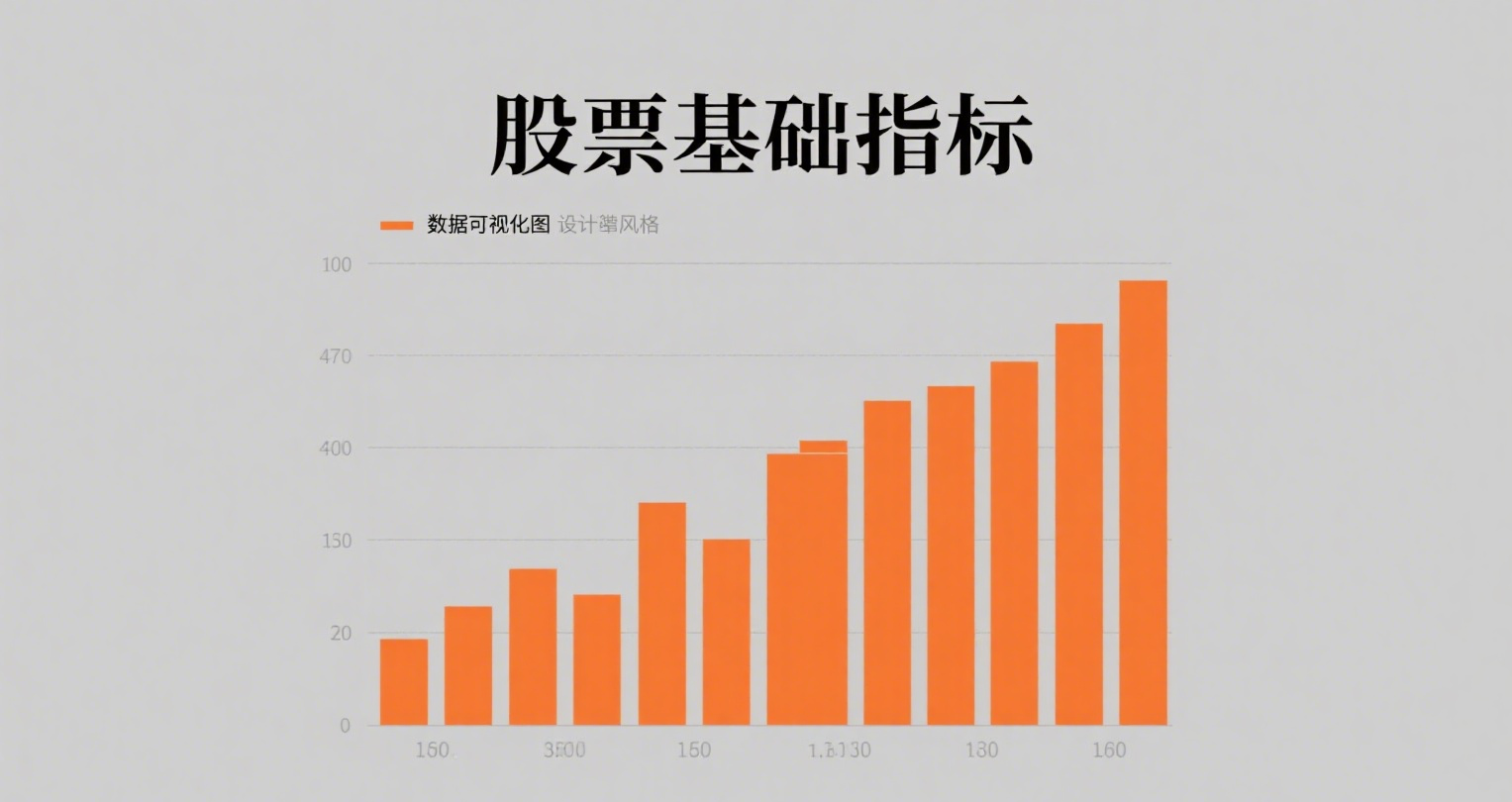
U.S. Envoy’s Visit to Russia "Productive"—Where Are U.S.-Russia-Ukraine Relations Headed?
August 8 is the so-called "deadline" set by the U.S. for Russia and Ukraine to reach a peace agreement. With just two days left before the "deadline," U.S. Special Envoy for Middle East Affairs Whitkoff visited Russia and met with Russian President Vladimir Putin, drawing global media attention. After Whitkoff’s visit, reports emerged that the Russian and U.S. presidents might hold a summit. Did the U.S. achieve its goals? How will U.S.-Russia-Ukraine relations develop?
Both U.S. and Russia Call Meeting "Productive"
Commentator Su Xiaohui: The U.S. recently pressured Russia, intending to issue an "ultimatum" on the Ukraine ceasefire issue. As the "ultimatum" deadline approached, U.S. Special Envoy Whitkoff visited Russia, and the two sides held lengthy talks, both describing them as "productive." Judging from the details and reactions, the two major powers sought to prevent their relations from derailing and avoid direct confrontation. Russia believes the U.S. is pushing for a ceasefire to shift political pressure away from the U.S. president and government.
Commentator Su Xiaohui: During the meeting, Russia proposed a new ceasefire plan. Previously, Russia had participated in Black Sea ceasefire negotiations and announced temporary ceasefires multiple times, but implementation remained unfeasible due to major disagreements between Russia and Ukraine.
Commentator Su Xiaohui: In this meeting, Russia likely proposed a partial ceasefire, starting with a halt to aerial strikes before further steps. The U.S. saw some feasibility in this. After consulting Ukraine, Kyiv did not reject the new plan but warned the U.S. that implementation is key—otherwise, the cycle of failure would repeat.
Underlying U.S.-Russia Tensions Remain Unresolved
Commentator Su Xiaohui: The talks were not just about Ukraine or the ceasefire—Russia also discussed strategic cooperation with the U.S., reminding Washington that while Ukraine is a focal point, broader collaboration is possible. Russia is trying to stabilize bilateral ties.
Commentator Su Xiaohui: The U.S. response was telling. President Trump sent Whitkoff, who has visited Russia multiple times. As a Middle East envoy, Whitkoff primarily represents Trump’s personal stance, aiming to advance his agenda and maintain open communication.
Commentator Su Xiaohui: After the meeting, the U.S. briefed European allies. However, Europe remains sidelined in follow-up actions, still excluded from the negotiating table.
Commentator Su Xiaohui: Despite mutual restraint, deep U.S.-Russia tensions persist, and the meeting yielded no substantive progress. First, the U.S. adjusted its Ukraine military aid policy—continuing support while shifting more financial burdens to Europe, with NATO developing new mechanisms. This means Washington ignored Moscow’s demands on arms supplies. Meanwhile, the U.S. is expanding "secondary sanctions," adding uncertainty and pressure on Russia.
Commentator Su Xiaohui: For now, U.S.-Russia normalization remains distant. Future interactions among the U.S., Russia, and Ukraine may see some progress, but a trilateral summit requires broad consensus. As U.S. Secretary of State Rubio noted, high-level engagement can only happen after agreement is reached. Whether the three can resolve their disputes remains highly uncertain, and progress, if any, will be arduous.
















